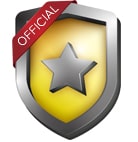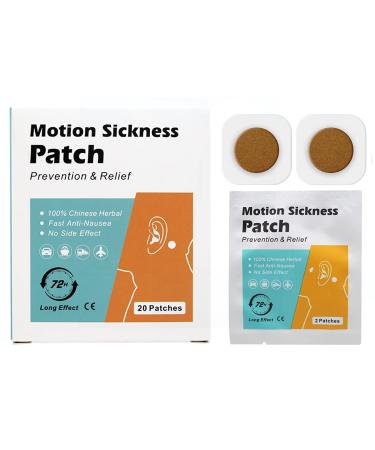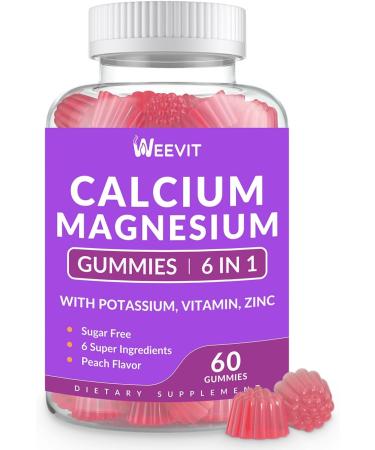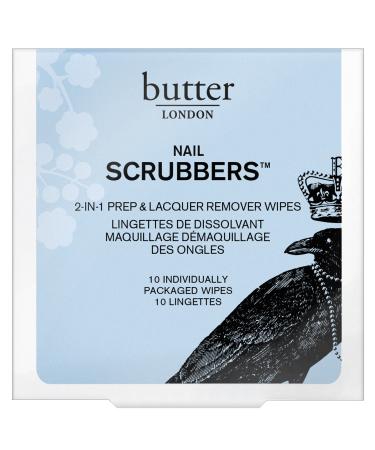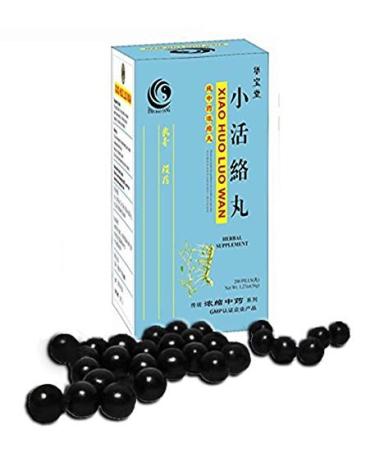? Rehabilitation Gloves Orthotics Stroke Hand Splint Assisted Gloves Training Equipment Minimizes Spasticity ?Features ? Patients with assistive function can reconstruct hand function through exercise, thereby restoring the ability to take care of themselves in daily life. ? Polymer soft gloves, a variety of flexible polymer materials, three-dimensional cutting, suitable for human hands, flexible air hand drive, simple and convenient. ? Small and convenient design, wearable, independent operation and maintenance. ? Simple operation, simple and efficient rotation control. ?Application of robotic rehabilitation gloves. ?Crush injuries and other hand injuries. ?Torn tendons and/or ligaments and other tendon injuries. ?Peripheral nerve and other nervous system diseases. ?Fractures and dislocations. ?Arthritis or tendonitis ?Carpal Tunnel Syndrome ?Rehabilitation after stroke, etc. ?Specifications ?Product name: stroke hemiplegia finger rehabilitation massage trainer. ?Function: finger rehabilitation training, contracture stiffness correction, wrist joint correction ? Mode: Mode display, training timing, battery display, gear display ?Packing list: 1* host 1* Healing Gloves 1* Mirror Gloves 1* Training Ball 1* Charger 1* User Manual??Applicable people?: Suitable for hemiplegic patients with wrist and finger dysfunction, improve muscle strength and increase the range of motion of joints. Can prevent and correct contracture stiffness, wrist extensor muscles and extensor tendons effectively relieve hand fatigue, stiffness and pain in the finger joints. ??Multiple Modes?: Multiple modes required for rehabilitation training, single finger training mode, passive mode and mirror mode, so that well-trained hands can learn the movements of other hands. You can adjust the intensity according to your specific situation, no matter how much intensity you can adjust, within a safe range, don't worry about the intensity. ??Helps in self-repair ?: Finger orthosis the simultaneous movement of both hands can activate mirror neurons, copy normal nerve pathways from the hands to the affected area, and promote autonomic recovery of the brain. Patients with assistive functions can reconstruct hand function through exercise, thereby restoring the ability to take care of themselves in daily life. ??Help self-repair?:The simultaneous movement of both hands can activate the mirror neurons and copy the normal neural pathways from the hand to the affected part, thus promoting the brain's autonomous recovery. Passive mode and mirror mode allows the trained hand to learn the movements of other hands. ??Helps to gradually restore brain motor nerves?: Rehabilitation Robot speed up the recovery process of hand function, help users to relearn the brain nerves, speed up the recovery of brain tonic nerve damage, and achieve the patient's self-care ability from the face.
